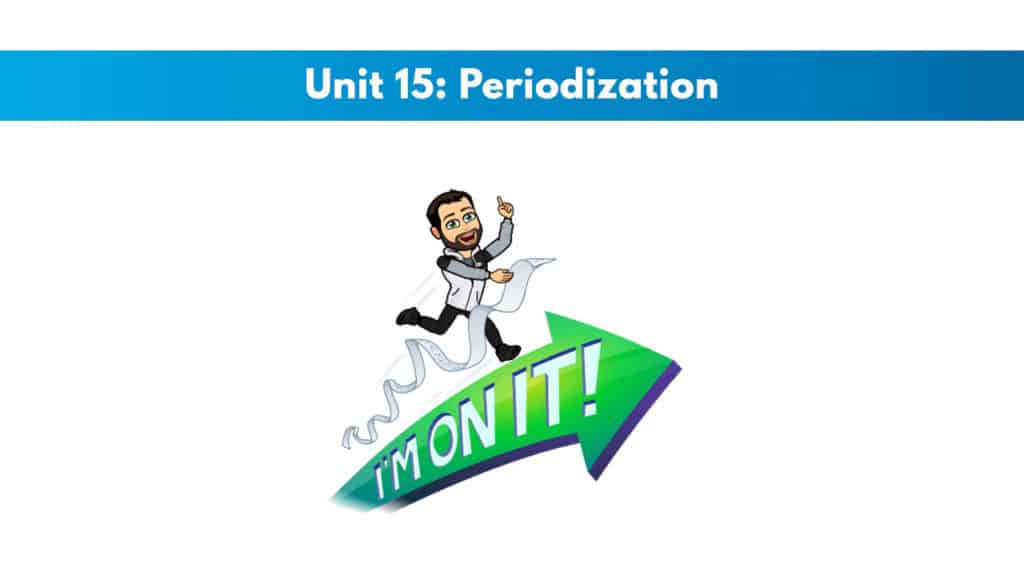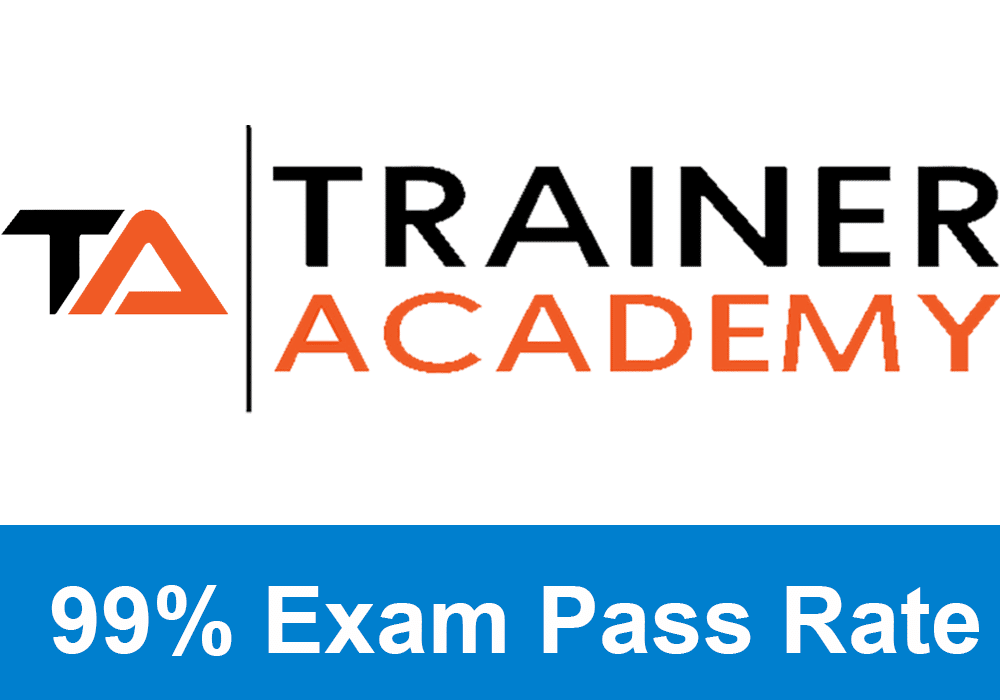
If you have not yet signed up for the ISSA CPT certification, receive a big discount here.
Get your copy of the ISSA CPT exam cheat sheet.
It helps immensely in your ability to study for the ISSA test. This PDF printable one-page sheet gives you a breakdown of the skills and knowledge candidates need to pass the exam.
My PTP students report cutting their ISSA study time and effort in half with Trainer Academy.
Benefit from the Exam Pass Guarantee and Retake Fee Guarantee. Plus, take advantage of my current discount code PTPJULY for 45% off the MVP Program (Ends July 21st, 2025).
Try it out for free here to see if it’s right for you, or read my detailed review for further insights.
Exclusive PTP CPT Offers |
||
|---|---|---|
Most Popular Cert | Best Online NCCA Cert | Best Study Materials |
Gold Standard Cert | A Good Option | Best CPT for you?  |
1: What is “periodization”? Explain with an example.
Periodization is the way training is broken down into specific time periods called “macrocycles”, “mesocycle,” and “microcycles.” for example, split-training
2: What is the Overload Principle?
Training must increase in intensity over time progressively for adaptation to occur.
3: Explain how Hans Selye’s GAS principle relates to periodization
Periods of high intensity must be followed by periods of low or no intensity’ If you only complete one hard workout, adaptation for larger muscles will take weeks.
4: How do overtraining and overreaching differ?
Overreaching is a build-up of exercise stress resulting in a short-term decrement in performance ability.
Overtraining builds up exercise and/or non-training stress, resulting in a decrease in long-term performance-ability.
Exclusive PTP CPT Offers |
||
|---|---|---|
Most Popular Cert | Best Online NCCA Cert | Best Study Materials |
Gold Standard Cert | A Good Option | Best CPT for you?  |
5: What is excessive training, and how can it be prevented?
Excessive training refers to the training in which the volume, intensity, or both are increased too quickly and without proper adequate adaptation.
This is prevented by mindful management of adaptation and progression.
6: Describe some physiological indicators of sympathetic and parasympathetic overtraining
Increased blood pressure, decreased appetite, decreased body mass, disrupted sleep, emotional instability, and elevated BMR
7: What is the typical length of time DOMS lasts?
12-48 hours post-workout
8: What are catabolism and anabolism and their role ln overtraining
Overtraining leads to more catabolism (tissue break-down) than anabolism (tissue build-up)
9: Name some symptoms of overtraining?
- Decreased performance
- Increased infections
- Elevated heart rate
- Loss of body mass
- Chronic Fatigue
- Physiological staleness
10: What are the 3 phases of recuperation, and what takes place in each?
Phase 1: Pre-Training Recovery. The application of pre-training recuperative techniques will ensure not only better training performance but more effective post-training recovery as well
Phase 2: Recovery During Training. The recovery process starts every time you cease work – that means between the positive and negative portion of each rep, between reps, between exercises, and between workouts
Phase 3: Post-Training Recovery. These methods are designed to assist the body in rapidly accelerating the recovery process when it is needed most: directly after training.
11: List the ideal order and progression of exercises in an exercise routine
l. Psychological training (visualization, concentration, etc.)
ll. Warm-up
lll. Flexibility training
lV. Non-linear speed-strength training
V. Linear speed training
Vl. Explosive training
Vll. Multiple-joint movements
Vlll. Single-joint movements
X. Cooldown
Xl. Application of recommended therapy
12: Describe foundational training and the stage in which it is used in a periodized program
The main purpose of foundational training is to strengthen weaknesses, recover from any injuries and develop a “foundation” of strength in all muscles, tendons, Ligaments, and health and fitness. Usually, this involves training for limited strength, but it can also include the most nonspecific components of fitness involved in your sport. Because limited strength is not a major component of any sport other than powerlifting (although important), so it is usually this period’s main focus. For this reason, we are providing a powerlifter’s “peaking cycle.”
13: Describe functional training and its recommended use in a periodized training program
Functional training aims to develop or rehabilitate an individual’s biomechanics as related to everyday or sport-specific functionality. Training will be done increasingly closer to the energy pathway needed for the particular sport.
14: What are the 3 common causes of DOMS?
Muscular pain and stiffness are experienced several hours or days after strenuous exercise, known as DOMS. It is caused by:
- Muscle microtrauma
- Eccentric overload
- Introduction to new training stressors
15: How can periodization protect against overtraining?
Periodization can prevent overtraining by managing and organizing workouts into splits and managing reasonable progress within adaptation.
If you want assistance wrapping your head around this material, make sure to check out Trainer Academy for some awesome ISSA study materials. They have Practice tests, flashcards, audio study guides, and much more.

 Have a question?
Have a question? 



Just like to mention that your answer to number 2 is not correct. your answer sounds more like the description for the Overload Principle. Thanks for your website though !! So far its been a HUGE help !!!
Hey, thanks for catching that error. Glad you are enjoying the website. Good luck with your studies.